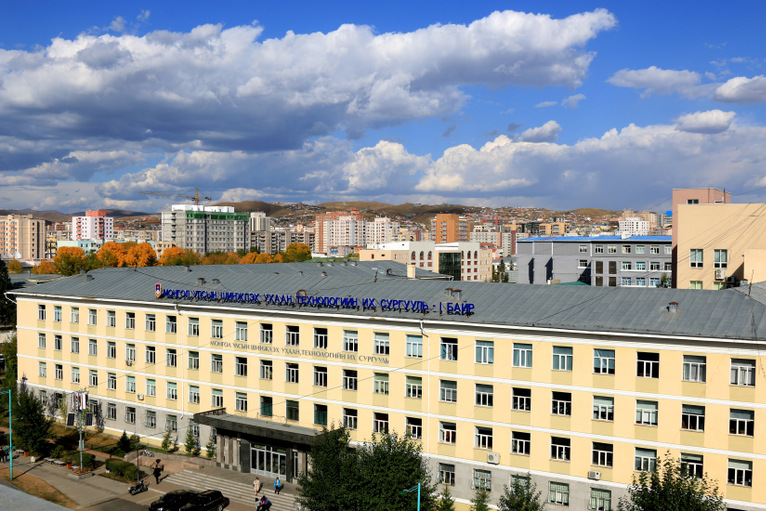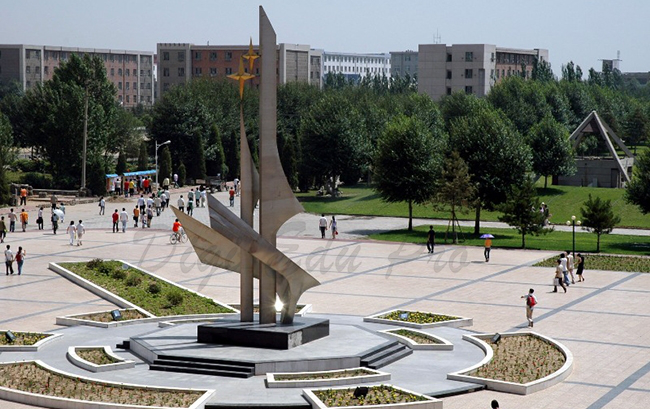
Website:https://www.must.edu.mn/mn/#
In the 1960s, in order to achieve the goal of Mongolia becoming an industrial-agricultural country, the National University of Mongolia started training Industrial Economics and Construction Engineers in 1959 and Geology Engineering in 1960 in order to train engineers and technicians domestically.
As a result of the formation of engineering and technical teaching staff, in 1969 the National University of Mongolia was affiliated the Polytechnic Institute with five schools such as: Civil Engineering, Power Engineering, Geology and Mining, Mechanical Engineering, and Engineering Economics had established with 13 departments. Subsequently, the UNESCO’s MON-1 project was implemented in 1970, and the issue of training a new generation of teaching staff and creating a training facilities were resolved at the appropriate level. In 1982, by the decision of the Council of Ministers of the People's Republic of Mongolia (former name), the Polytechnic Institute was separated from the National University of Mongolia and reorganized into an independent university.
The Technical University has taken the lead in reforming Mongolia's higher education and introducing democracy, implementing credit based system into academic programs, and democratizing the teaching process. Therefore, the structure of the university has been changed to accommodate market conditions, and the structure of schools, professorship team, and research centers has been implemented. During this time, the foreign relations of the Technical University expanded dramatically and became part of the international universities network. As a result of these reforms, the Technical University has expanded to become the Mongolian University of Science and Technology.
Since 2013, we have started our further endeavor to develop the Mongolian University of Science and Technology and transform it into a research university. In order to become a research university, we have set a goal to bring the university structure closer to world standards, dramatically improve the quality of education, increase the number of world-class professors and faculty members, increase the scope and efficiency of research, introduce innovations and become one of Asia's top 200 universities.

